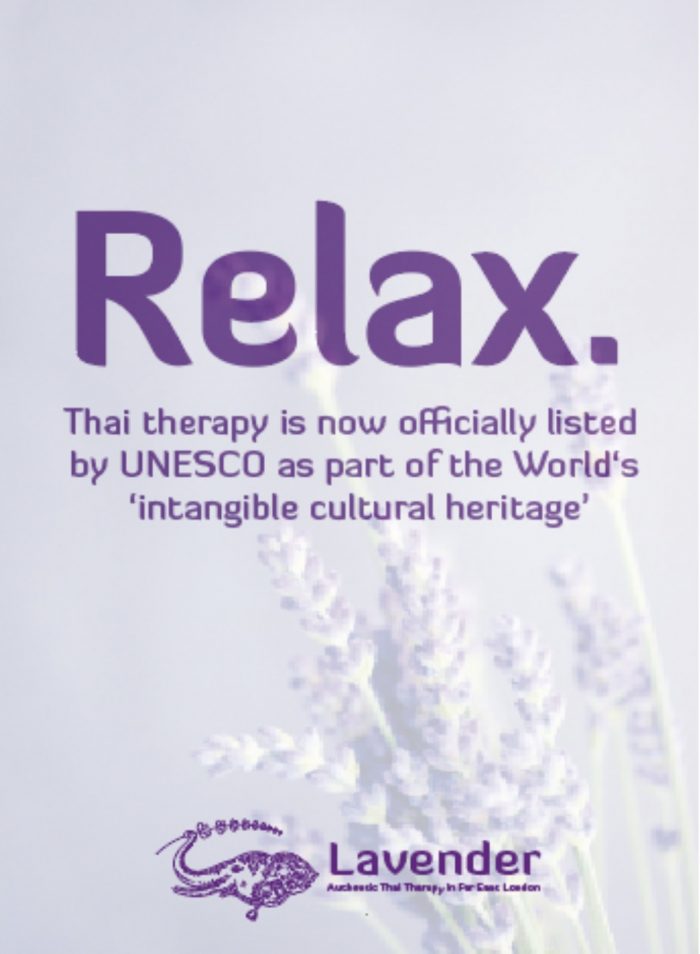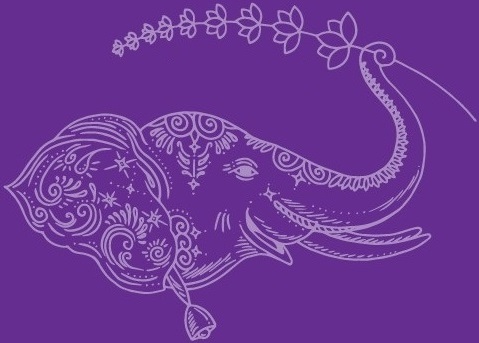
What is Thai Massage?
Thai massage must be the oldest healing treatment in the world. The aim is to improve physical and mental well-being. Therapy is usually performed on a mat on the floor. The client is fully clothed, and so, no oil is used.
Traditional Thai massage provides a blend of stretching and a variety of rhythmic compressions. This helps the body’s blood circulation. In turn, this reduces muscle tension, promotes deep relaxation and relieves stress. This is what makes Thai therapy the first choice of any massage treatment.
Thai massage techniques include:
- Palm press
- Thumb press
- Finger press / Finger circles
- Elbow press
- Heel press
- Knee press
- Foot press
- Thai fist
- Forearm roll
- Gentle rocking
- Inverted position
- Sitting position
- Deep breathing
- Thai prayer chop
This range of Thai massage techniques is used to stimulate blood circulation and lymph movement. This aids health recovery, body detoxification, and nutrient delivery to tissues. Yoga-like stretches help to loosen tight muscles and help to increase mobility
Therapist positions to deliver massage service:
Thai massage uses a variety of therapist positions to deliver stretches, compressions efficiently while protecting his or her own body from injury, such as repetitive strain injury (RSI). These positions have technical names:
- Thai sitting
- Extended Thai
- Thai lunge
- Open Thai lunge
- L-shaped sitting
- Kneeling
- Horse (Half-saddle)
- Standing
Treatment areas, types and styles:
Thai massage has several styles and therapeutic focuses. In different parts of Thailand there are varying approaches to massage style. Similarly, individual therapists develop a personal style to their therapy; this is then adapted to client needs. During consultation the therapist can determine what these will be and where to focus the treatment:
- Head / Scalp
- Neck
- Shoulders
- Arms / Hands / Fingers
- Legs / Feet / Toes
- Back
- Full Body
- Marma points
- Sen lines
Your massage can therefore be full or part body. It can be gentle or strong.
Marma points are life force energy points. These are anatomical junctions where different tissues, muscles, veins, ligaments, bones, and joints intersect. Balancing the flow of energy through these points is critical for physical, mental, and emotional well-being.
Sen lines are invisible energy channels within your body. According to traditional Thai medicine, physical, emotional, or spiritual imbalances can result from blockages in these lines. Thai massage uses pressure, palming, and stretching to clear these blockages with the aim of restoring balance and promoting healing.
Key health benefits:
To improve physical and mental well-being the therapist:
- Uses a range of Thai massage techniques. These stimulate blood circulation and lymph movement. This aids health recovery, body detoxification, and nutrient delivery to tissues. Yoga-like stretches help to loosen tight muscles and help to increase mobility
- Applies firm pressure and manipulates your muscles knots; muscle stiffness is eased away
Relaxation, combined with better blood circulation, can leave you feeling revitalized. You can expect higher energy levels and more settled sleep.
Mental and Emotional Well‑Being:
- Stress reduction and relaxation: Rhythmic compressions, stretches, and mindful breathing lower stress markers and promote calm.
- Mood support: Massage can influence neurotransmitters like serotonin and dopamine, helping reduce cortisol and supporting mood, focus, and motivation.
Everyone benefits:
- Active people and athletes: Helps relieve workout-related soreness and may improve performance after a few sessions.
- Desk workers or those with tightness: Counteracts stiffness from prolonged sitting, improving posture and mobility.
- Stress or sleep issues: Deep relaxation supports better mood and sleep quality.
What to expect in a session:
We will ask you to answer some consultation style questions before agreeing to treatment. We supply customers with a form to complete. We need to know if there are any aspects of heath history that will affect or prevent treatment. We then design a personal treatment plan that suits you. Our therapy can help you take charge of your health and well-being, but if any part of your massage doesn’t feel right or is painful, do speak up straight away.
- Traditional Thai massage begins with a gentle warm-up.
- Practitioners apply pressure with their fingers, thumbs, or elbows to acupoints or trigger points on the body. This unblocks energy lines, triggering the body’s natural healing response.
- Guided stretches, rocking, finishing with a calming cooling down period
- Aftercare. Hydrate well – drink plenty of water; rest – take it easy; avoid alcohol and caffeine; eat lightly. Mild soreness can occur and usually fades within a day or two. Advice on any future treatment needs.
